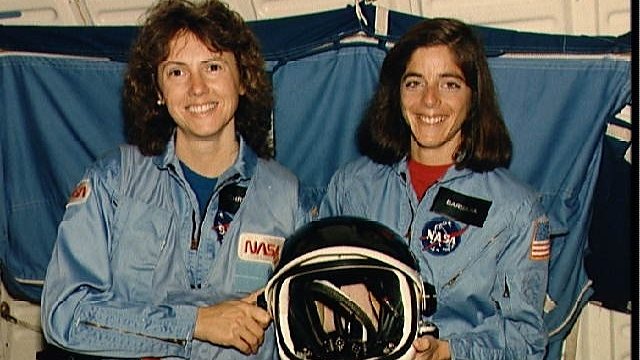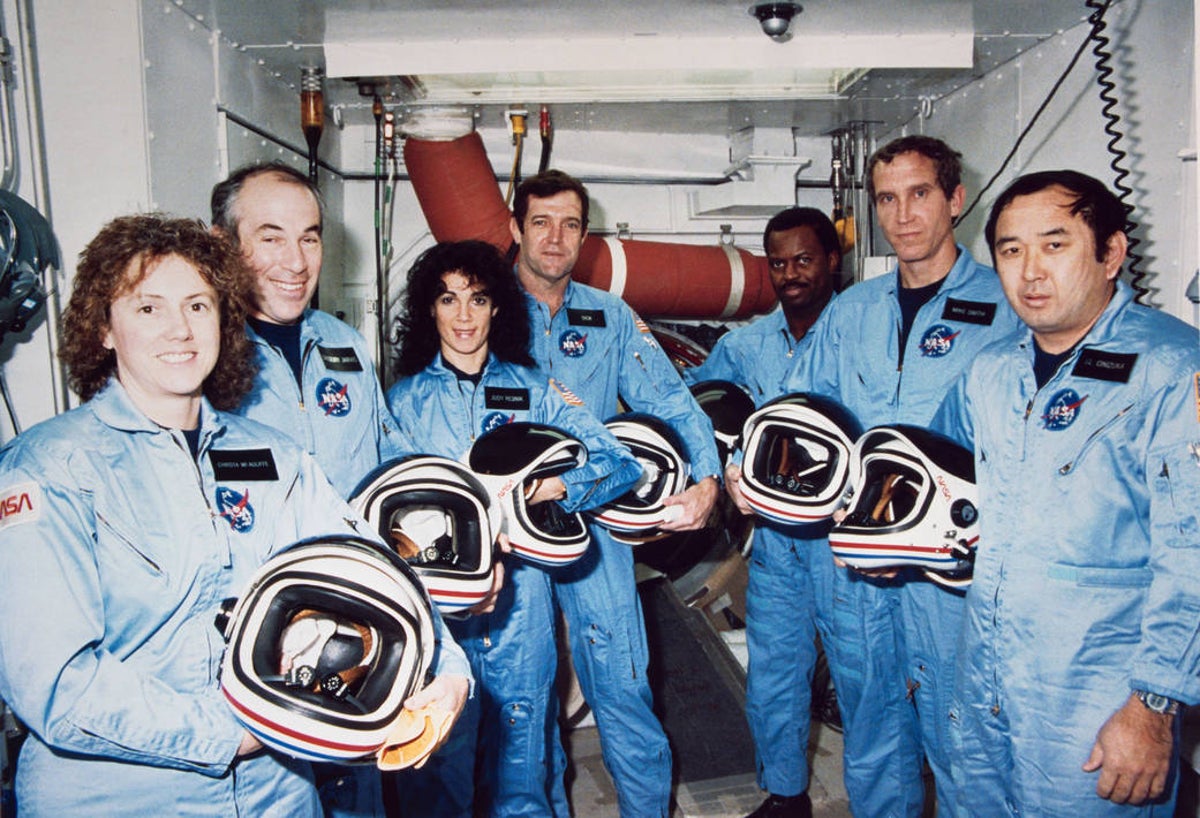Breaking News: Shocking Revelations Uncover the Truth Behind the Challenger Disaster
In a startling turn of events, new revelations about the Challenger disaster have emerged, shaking the very foundations of what we thought we knew about that fateful day in January 1986. Millions watched in horror as the shuttle disintegrated just 73 seconds after liftoff, but what if the crew had been alive during their terrifying descent? What if critical warnings were ignored by NASA just hours before the launch? And what if a major piece of the shuttle was only recently discovered at the bottom of the ocean?

A dive team, initially filming a World War II documentary off the coast of Florida, stumbled upon a 20-foot section of the Challenger, preserved beneath layers of sand and seawater. This significant find has forced NASA to publicly acknowledge the wreckage, raising questions about what other secrets lie hidden beneath the ocean’s surface. The agency has committed to preserving the debris “out of respect for the families and the legacy of the crew,” but the discovery has reignited discussions about the true nature of the disaster.

The Challenger was not just a technological marvel but a product of a flawed system that prioritized schedules over safety. Engineers had raised alarms about the shuttle’s design, particularly the solid rocket boosters sealed with O-rings that were known to fail in cold temperatures. Despite evidence of erosion and damage, NASA pressed forward, driven by political pressures and the urgency to maintain a launch schedule.
What’s more, evidence now suggests that some crew members may have been conscious during their harrowing descent after the shuttle broke apart. Personal Egress Air Packs were activated, indicating that at least some astronauts were aware and trying to regain control as they fell toward the Atlantic Ocean. This grim truth, long obscured, reveals that the crew’s tragic fate could have been avoided had their warnings been heeded.
As we reflect on this catastrophic event, the legacy of the Challenger crew, including teacher Christa McAuliffe, continues to resonate. A recent bronze statue honoring her serves as a reminder of the human cost of institutional failure and the importance of safety in space exploration.

The Challenger disaster was not merely an accident; it was a preventable tragedy rooted in a culture that undervalued dissent and ignored critical warnings. As more details come to light, we are left grappling with the uncomfortable reality that the real story of Challenger is one of sacrifice, silence, and the urgent need for accountability.

Stay tuned as we continue to uncover the layers of this harrowing story, revealing the truths that have remained hidden for decades. The Challenger disaster may have been a moment in history, but its lessons are timeless, reminding us of the high stakes involved in our quest for progress.






